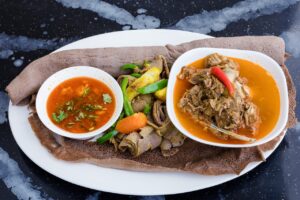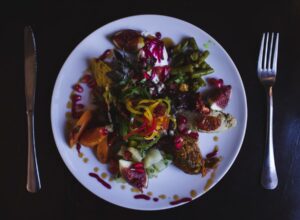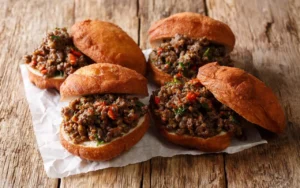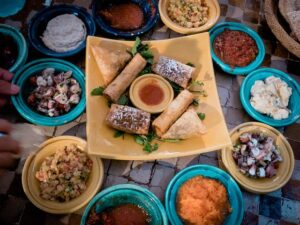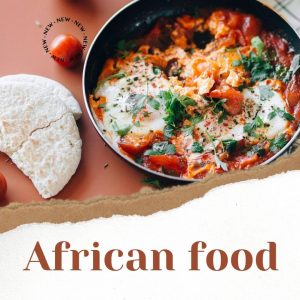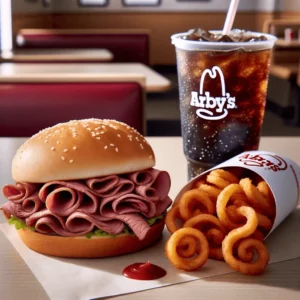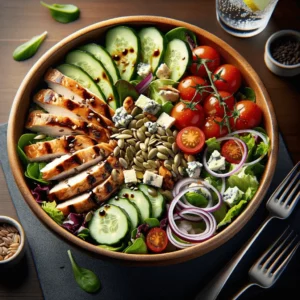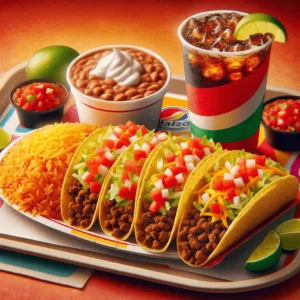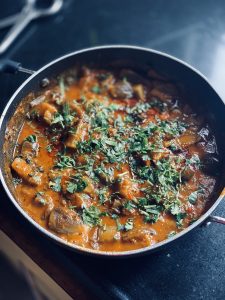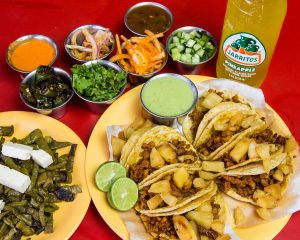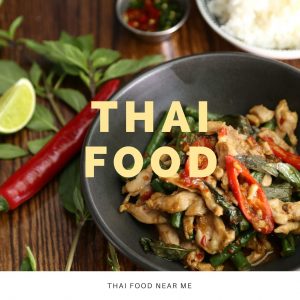The Symphony of Flavors: Lebanese Restaurants
Lebanese cuisine, with its emphasis on fresh ingredients and varied textures, offers an enticing blend of tastes that hails from the crossroads of the Mediterranean and Middle East. Lebanese restaurants invite diners to embark on a gastronomic journey through time-honored recipes passed down generations. It’s not merely about filling the stomach, but nourishing the soul, with dishes that resonate with warmth, hospitality, and tradition.
Lebanese Cuisine: A Culinary Mosaic
Tabbouleh
This refreshing salad made from finely chopped parsley, mint, bulgur, and tomatoes, dressed in lemon juice and olive oil, is a staple in Lebanese feasts. Its vibrant colors and zesty flavors embody the freshness that Lebanese cuisine prides itself on.
Falafel
These deep-fried balls or patties made from ground chickpeas, fava beans, or a combination of both, are seasoned with an array of spices. Crispy on the outside and tender within, falafel is a vegetarian favorite often served in pita bread with veggies and tahini sauce.
Meats and Grills: The Heart of the Feast
Shawarma
Thin slices of marinated meat (often beef, chicken, or lamb) are stacked and roasted on a vertical spit. Shawarma is usually served in a wrap or pita, adorned with a range of accompaniments like garlic sauce, pickles, and vegetables.
Kafta
Ground meat, typically lamb or beef, is mixed with herbs and spices, then shaped around skewers and grilled. Kafta combines the essence of Lebanese spices with the smoky flavors of the grill.
Sweet Temptations
Baklava
This delightful pastry is made of layers of filo dough filled with chopped nuts and sweetened with syrup or honey. Each bite of baklava offers a crunchy and sweet sensation, making it a favorite dessert in Lebanese cuisine.
Maamoul
These shortbread-like cookies, often stuffed with dates, walnuts, or pistachios, are a treat during festive occasions. Their delicate texture and not-too-sweet filling make them a cherished delight.
Conclusion
Lebanese restaurants encapsulate the hospitality and richness of the Levant. The dishes, often designed for sharing, reflect a culture that values community, family, and celebration. Whether it’s the mezze spread, the grilled meats, or the delectable desserts, Lebanese cuisine invites all to partake in a banquet that feeds both the body and the spirit.
FAQs
1. What makes Lebanese bread special?
Often referred to as pita or Arabic bread, Lebanese bread is soft, slightly chewy, and perfect for scooping up dips or wrapping around fillings.
2. Are there vegetarian dishes in Lebanese cuisine?
Absolutely! Lebanese cuisine boasts a vast array of vegetarian dishes, from falafel to stuffed grape leaves.
3. What’s a common spice or flavoring in Lebanese food?
Sumac, za’atar, mint, and garlic are some of the prominent flavors in Lebanese cooking.
4. What’s the significance of mezze in Lebanese dining?
Mezze is a selection of small dishes served at the beginning of a meal. It’s a social dining experience, reflecting Lebanese generosity and hospitality.
5. Can I find vegan options in Lebanese restaurants?
Yes, many traditional Lebanese dishes are naturally vegan, and restaurants often offer an array of vegan choices.


